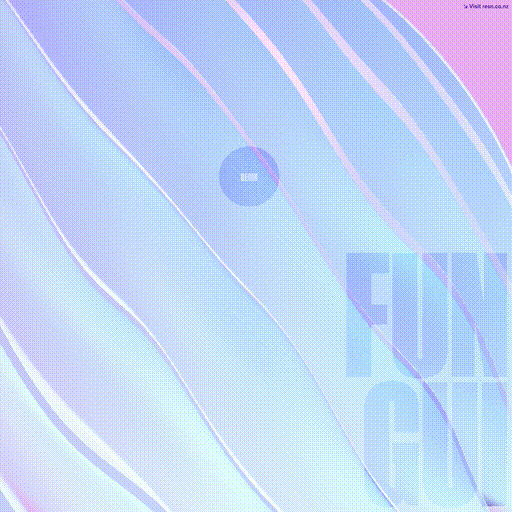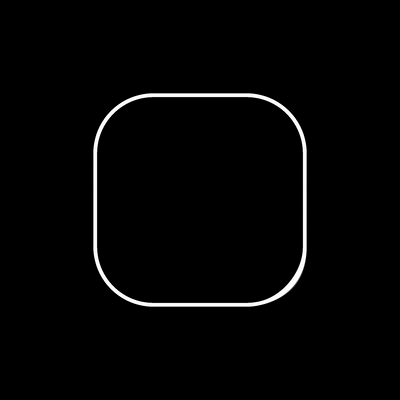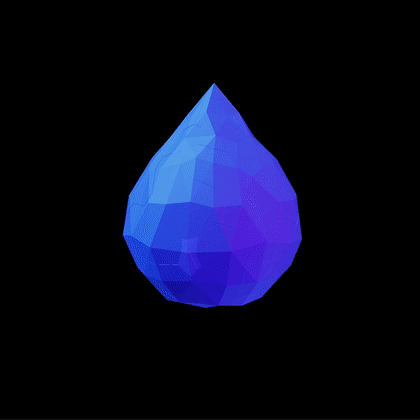What led you to become a developer?
From a young age, my fascination with screens began as I immersed myself in video games, first on the SEGA Mega Drive my dad brought home. Growing up in a small village, I spend a lot of time developing a deep admiration and sense of interest for the interactive aspect, art direction, and sound design within games.
Years later, I stumbled upon the world of interactive design, animation, and coding, discovering that I could learn and apply these skills to create captivating websites. After integrating into Gobelins School of Image in Paris and being surrounded by a group of passionate people, it inspired me to invest time and effort into coding.
What's your setup and development environment?
At home, I've turned a massive wooden living room table into my desk, giving it a refurbished touch. I always make sure to have some tunes playing and a few plants in the background.
Things are a bit different at the office. It's all about being in close proximity to the team for quick collaborations with developers and designers. To maintain focus amidst the crazy creative environment, I rely on noise-cancelling headphones. Plants are still here.
What's your favorite stack to work with?
When it comes to code editing, I rely on VS Code, and lately, I've been thrilled to explore the possibilities of Github Copilot, an AI-powered coding assistant. It feels like we're unlocking new superpowers with AI in the coding realm.
For front-end development, I've been increasingly drawn to Vue.js due to its flexibility in enabling creative coding. However, I'm always open to exploring other frameworks that offer similar flexibility. When it comes to 3D or visually stunning projects, ThreeJS remains my go-to choice.
I'm also a strong advocate for standardized program formats like GLSL for shaders because they extend beyond the web medium, allowing for broader applications. At Resn, we have an extensive library of modules and code snippets that greatly facilitate our workflow, saving us from reinventing the wheel every time.
What are your top 5 go-to repos?
- lygia — shader library from the author of thebookofshaders
- threejs — powerful library for creating 3D graphics
- awesome-creative-coding — handful amount of resources for creative coding
- tweakpane — provides a simple UI for tweaking and controlling parameters
- gsap — awesome library to create animation
What technologies are you most excited about now?
We're increasingly witnessing strong support for WebGPU, the next evolution of WebGL, and it's an exhilarating development that promises for developers to create stunning applications on the web with access to advanced visual capabilities.
Additionally, I'm eager to delve into WebXR, as it holds immense potential for blending physical and digital, awaiting the right hardware and public accessibility to unlock a whole new world of exploration for exciting projects.
Lastly, my enthusiasm is peaked for GPT-4 and AI in general, not only for the potential to simplify developer workflows, enabling them to focus on pushing the boundaries, but also for the endless creative possibilities that emerge from it.
What does your ideal workflow look like, from messing around to production?
My preferred workflow for visual experimentation involves creating references in software like Blender or After Effects to establish the desired tone and overall look. From there, I conduct preliminary tests to explore rough animations, which provide inspiration for development and further adjustments in code as necessary.
To refine the outputs, I utilize GUI or live-editing tools to easily manipulate and fine-tune the visual elements. For many projects, I've leveraged the immense power of having a sandbox environment where I can independently build and refine individual components, ranging from simple buttons to complex shaders.
This allows for precise adjustments before integrating everything seamlessly into the final composition.
What are you currently learning?
Lately, I have been playing with a technique called raymarching while working on an internal Resn project: Fungui. This rendering technique, driven by mathematical functions, allows for fascinating and unique visual outputs. I'm excited to further delve into its potential, especially with the advent of enhanced performance technologies like WebGPU that I mentioned earlier.
I've also worked on another demo that employs a technique I've been enthusiastic about for over a decade: signed distance fields. This method, similar to raymarching, is used to create captivating 2D animations and shape effects, particularly when paired with user interaction.
Finally, an other software/technology I've been exploring recently is Houdini, particularly its integration into real-time applications. I've been working on a small experiment that demonstrates the power of Houdini's physics simulation running directly within the browser. It's an exciting endeavour that showcases the possibilities of leveraging Houdini's capabilities for interactive and dynamic web experiences.
What music do you listen to while developing?
What project are you most proud of?
Choosing just one project is hard because there are several I'm incredibly proud of. Allow me to cheat a little and mention two Resn projects:
HP Sound In Color — A project that transforms audio into captivating artworks. It was a groundbreaking opportunity for me to explore web technologies to generate infinite amount of possibilities.
Spotify Bandito — An immersive music video experience created for a highly acclaimed band. Witnessing the enthusiastic reactions from their dedicated fanbase and receiving positive attention was remarkable and highly satisfying.
What are beginner developers not learning that is critical in this day and age?
Math — It is often overlooked but even basic concepts of maths like trigonometry can unlock a vast world of possibilities. Instead of always opting for the easy solutions or relying on pre-made tools, taking the time to understand and implement mathematical principles can provide greater creative control and learning opportunities.
Frameworks and libraries — Trying not to blindly follow trendy frameworks or libraries. Assessing the best solution, even if it means developing your own tools, can lead to more optimal outcomes in the long run and can even benefits others.
What tech challenges are you facing at your company?
We want to push boundaries and achieve ambitious goals. However, we face the ongoing challenge of striking a balance between meeting the team's desired quality and managing factors like time and budget constraints. It's a constant pursuit of finding the sweet spot between nice work and efficiency.
Anything you want to promote or plug?
My social handle is @guilanier. You can follow me there for upcoming projects and exciting experiments currently on the stove.














